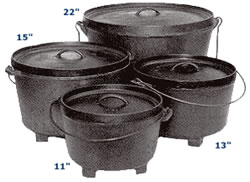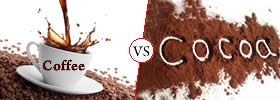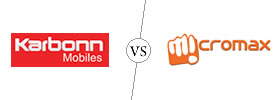Difference between Dutch Oven and French Oven
Key Difference: Dutch ovens are heavy cast iron or aluminum pots that are used for slow cooking. These pots are thick-walled and have a tight top-lid. These ovens were originally available with legs and a handle for placing the oven on top of a fire. French companies launched similar cast iron and aluminum pots and labeled them as French ovens. This is how the term came about. These ovens are quite similar to the Dutch ovens, with one additional feature. They have an enamel coating that makes the pot non-stick and does not require seasoning or oiling.
There are many people that often confuse between a Dutch oven and a French oven; this is actually because there is no prominent difference between the two. Both the pots are cast iron and are used for slow cooking such as braising, stews or casserole. Dutch ovens have been around for a long time and have been used in cooking for hundreds of years.
 Dutch ovens are heavy cast iron or aluminum pots that are used for slow cooking. These pots are thick-walled and have a tight top-lid. These ovens were originally available with legs and a handle for placing the oven on top of a fire. In many countries, these ovens are also known as casserole dishes. These pots were made by the Dutch using their advanced method of creating cast metal cooking vessels. The Dutch used dry sand to make the molds, giving the pots with a smooth surface. The origin of the term ‘Dutch oven’ is unclear with one speculation being that the name stuck because Dutch men used to sell these ovens from their peddling wagons in the United States. Another claims that an Englishman named Abraham Darby went to Netherlands to understand the process of making a Dutch oven and then later patenting and producing the method for Britain and the American colonies. He named the ovens Dutch ovens and the term has survived since approximately 1710.
Dutch ovens are heavy cast iron or aluminum pots that are used for slow cooking. These pots are thick-walled and have a tight top-lid. These ovens were originally available with legs and a handle for placing the oven on top of a fire. In many countries, these ovens are also known as casserole dishes. These pots were made by the Dutch using their advanced method of creating cast metal cooking vessels. The Dutch used dry sand to make the molds, giving the pots with a smooth surface. The origin of the term ‘Dutch oven’ is unclear with one speculation being that the name stuck because Dutch men used to sell these ovens from their peddling wagons in the United States. Another claims that an Englishman named Abraham Darby went to Netherlands to understand the process of making a Dutch oven and then later patenting and producing the method for Britain and the American colonies. He named the ovens Dutch ovens and the term has survived since approximately 1710.
The pots changed when they started being produced in the US colonies. The pots were made shallower, with legs and the lid received a flange. The pot is known as an oven because of its ability to have heat on the bottom and to be able to sustain coals on the top, providing heat from both sides similar to an oven. The flange helped keep the coal ash away from the food. The pots become very popular due to their versatility and durability. Many women started handing down Dutch ovens from generations to generations. The older the Dutch oven the better it would cook. The ovens were used for boiling, baking, stews, frying and roasting. Dutch ovens were used in camping and many other open cooking ranges. It is still popular used on camping trips and is known as Dutch oven cooking.
The modern ovens have lost the legs and the long handle and flange on the lid. The modern ovens are more circular in shape, have small handles on both side and have a knob on the lid. They are also available in various different colors. They can be stacked on top of each other as well to provide insulated to the pots underneath. The ovens require work as the new ovens need to cleaned with a brush and must be seasoned before use and oiled after use. As the Dutch ovens get older, they develop a coating from the constant oiling and no longer required to be seasoned before use.
French companies launched similar cast iron and aluminum pots and labeled them as French ovens. This is how the term came about. These ovens are quite similar to the Dutch ovens, with one additional feature. They have an enamel coating that makes the pot non-stick and does not require seasoning or oiling. Many people also claim that the French ovens are oval, while Dutch ovens are round. Though, there is not actually evidence to support that as Dutch ovens are available in both round as well as oval. The enamel coated ovens are not good for high heat cooking such searing. Hence, in short there is no difference between the two except of the name.
Image Courtesy: home.comcast.net









Add new comment